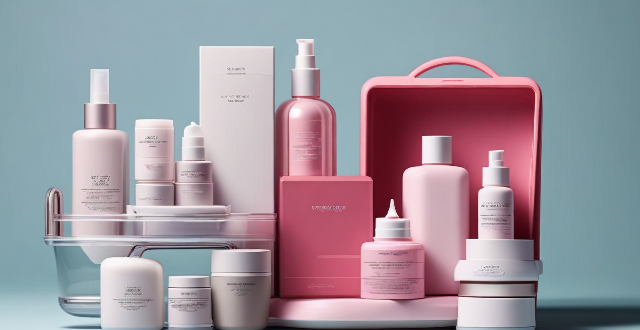Cosmetic packaging plays a crucial role in determining the shelf life of cosmetics. Proper packaging materials, design, and functionality can help to preserve the quality and effectiveness of cosmetics, extending their usability and ensuring optimal results for users. Factors such as airtight seals, pump dispensers, dropper bottles, and tubes all contribute to the preservation of cosmetics. When selecting cosmetics, it is important to consider the type of packaging used and choose products with high-quality packaging that provides adequate protection against external factors.

Does the Packaging of Cosmetics Impact Their Shelf Life?
Cosmetic packaging plays a crucial role in determining the shelf life of cosmetics. The type of packaging material, design, and functionality can all affect how long a product remains usable and effective. In this article, we will explore the various ways in which cosmetic packaging impacts the shelf life of cosmetics.
Importance of Proper Packaging
Proper packaging is essential for preserving the quality and effectiveness of cosmetics. It helps to protect the product from external factors such as air, light, moisture, and microbial contamination. These factors can degrade the active ingredients in cosmetics, leading to reduced efficacy and potential harm to the skin.
Types of Packaging Materials
Glass
Glass is a popular packaging material for cosmetics due to its durability and ability to protect against light and air. However, it is not shatterproof and can break easily if dropped or mishandled.
Plastic
Plastic is another common packaging material used for cosmetics. It is lightweight, shatterproof, and can be molded into various shapes and sizes. However, plastic may not provide as much protection against light and air as glass does.
Paperboard
Paperboard is often used for packaging powder-based cosmetics such as eye shadows and blushes. It is lightweight and easy to transport but may not provide enough protection against moisture and air.
Design and Functionality
The design and functionality of cosmetic packaging also play a significant role in determining shelf life. Here are some key factors to consider:
Airtight Seal
An airtight seal is essential for preventing air from entering the package and causing oxidation of the active ingredients. This is especially important for products containing oils, vitamins, and other sensitive ingredients that can degrade quickly when exposed to air.
Pump Dispensers
Pump dispensers are commonly used for liquid foundations, moisturizers, and other cream-based products. They help to prevent contamination by ensuring that only a small amount of product is exposed to air each time it is used.
Dropper Bottles
Dropper bottles are ideal for packaging serums, oils, and other concentrated formulas. They allow precise control over the amount of product dispensed while minimizing exposure to air and contaminants.
Tubes
Tubes are suitable for packaging thick, creamy products such as lip balms and hand creams. They provide excellent protection against air and moisture while allowing easy access to the product inside.
Conclusion
In conclusion, the packaging of cosmetics has a significant impact on their shelf life. Proper packaging materials, design, and functionality can help to preserve the quality and effectiveness of cosmetics, extending their usability and ensuring optimal results for users. When selecting cosmetics, it is important to consider the type of packaging used and choose products with high-quality packaging that provides adequate protection against external factors.